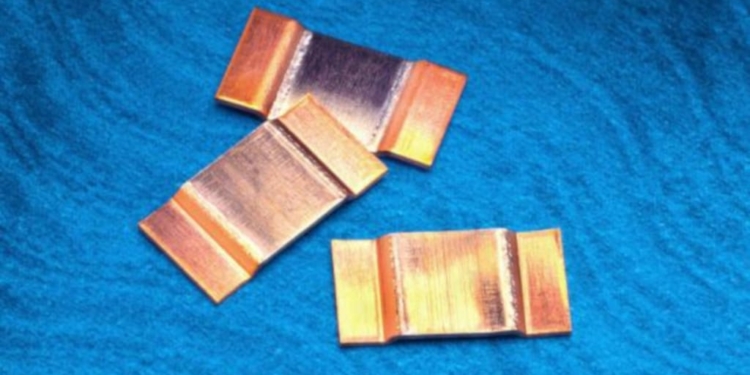Source: eeNews Europe news
KOA Speer Electronics has released a 0.2mΩ resistance value to its PSJ2 series of power shunt current sense resistors. This resistor features a 12 Watt power rating and is available in a 3920 package.
These power shunt resistors offer ultra-low resistance suitable for large current sensing, as well as a broad operating temperature range of -65 to +175°C.
KOA Speer’s PSJ2 series offers T.C.R. of ±75ppm/°C ~ ±200ppm/°C with resistance tolerance of ±1%. These power shunts will now be offered in resistance values of 0.2mΩ, 0.5mΩ, and 1mΩ and are AEC-Q200 qualified.
The PSJ is ideal for automatic mounting and is suitable for reflow soldering. Used primarily for current detection, the PSJ2 current sense power shunt resistors are suitable for transportation and industrial markets in applications such as DC to DC conversion, automotive modules, motor control, and power supplies.
































